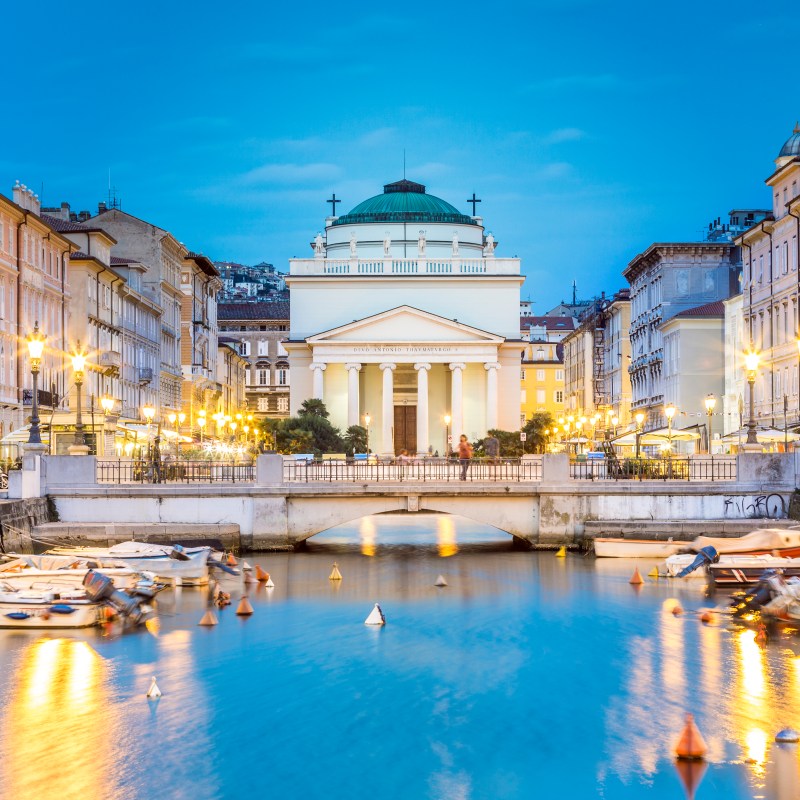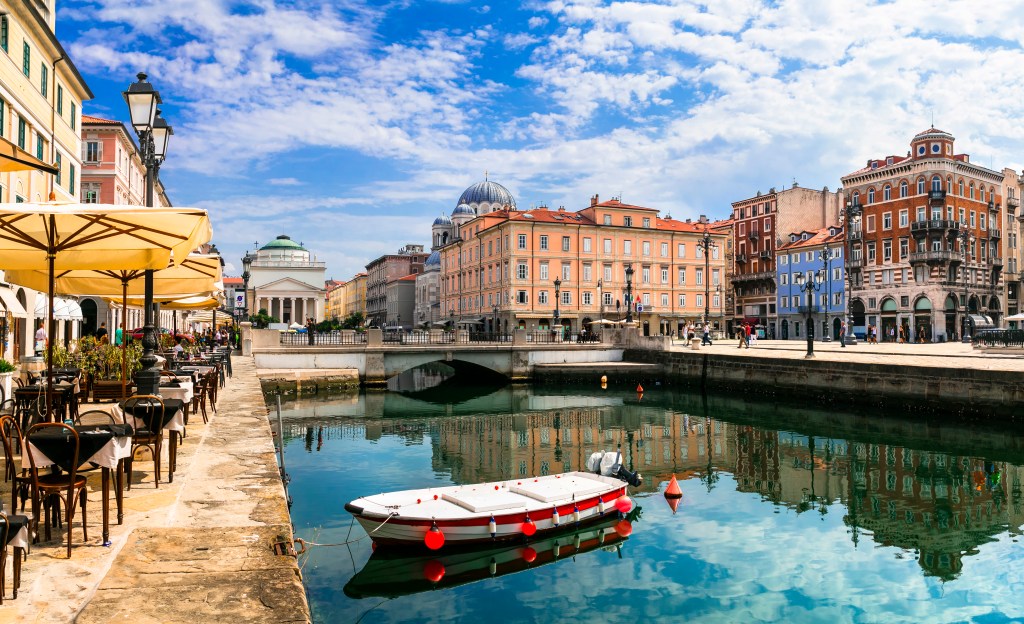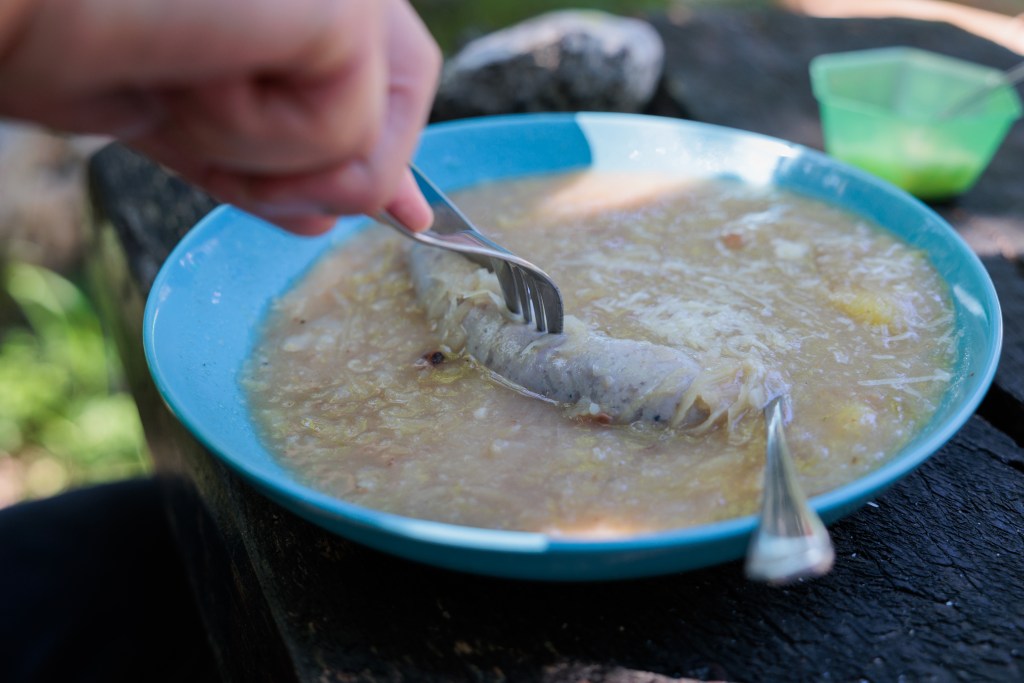
I’m struggling not to warn you about visiting Venice, Italy.
Videos by TravelAwaits
On one hand, I understand the impulse to visit.
Venice is a buffet of romance, from those winding canals to the classic buildings dotting the island to the charming gondola rides. Toss in a world of Venetian wonder, distinct from its Roman counterpart, and it’s a hard destination to beat.
On the other hand, those characteristics all but disappear under the heavy, heavy foot traffic of Venice’s tourists.
I visited back in 2022 and felt claustrophobic thanks to the number of tourists around me. I was traveling in a small group in the middle of summer—and it became clear why the only Italian in our group (who grew up an hour away) refused to join us on the day trip.
Let me put it bluntly: tourists love Venice so much that we’re slowly killing it. But that’s a problem for the city council and local residents to hash out.
In the meantime, I’m going to support the city by loving it from afar.
From Trieste, maybe.
Located in the Gulf of Trieste opposite of Venice, this city is one of the grandest remnants of the empires of yore, only a few dozen miles from the border with Slovenia and Croatia. Uniquely, Trieste spent more time as part of the Habsburg Monarchy—not the Venezian Empire.
That means this is a little slice of Italy you might not know much about. While we avoid Venice, I vote we head for Trieste.
5 reasons to skip Venice for Trieste
Trieste is a major coffee hub

Like Venice, one of Trieste’s most important roles was as a port. And one of the most popular goods traded to Trieste merchants in the period of European settlement in the Americas was coffee.
Today, that coffee culture remains strong throughout the region. In fact, Illy, a popular coffee brand and cafe chain, was born in Trieste.
But when you visit, I recommend heading to some of the city’s most popular cafes and coffee shops. Most source their coffee beans from single sources and take great pride in perfecting the balance of their brews. At Canale Grande, you can sip on coffee and feel like you’re in Venice.
You can explore Italian architecture—and it comes with a twist

Architecture in Trieste reflects the Austrian Empire, as this was the domain of the Habsburgs from the 14th century until the 20th century—from 1382 until 1918.
Places like Miramare Castle reflect Austrian sensibilities, while the Piazza Unita d’Italia feel more reminiscent of the grand structures in Rome.
You’ll feel this dual identity in more ways than just architecture. Trieste was a battleground between the Axis and Allied powers during WWII—and some of its largest buildings were turned into prisons and concentration camps. That’s the case with Museum Riseria di San Sabba, a massive factory that was converted to hold prisoners during the war.
Gorgeous seaside views abound

Located on the gorgeous, rugged seaside, Trieste lets you explore the Mediterranean with san beaches like Barcola and stone beaches like Pedocin.
Or if you just want to enjoy the sites, head to Miramare Castle for unparalleled views of the Adriatic. Once more, if you want a Venice-style experience, head to the Canale Grande for a seaside drink and meal.
Trieste’s natural parks aren’t bad, either

Most of the land surrounding Trieste is ‘karstic’, a term used to describe rocky and largely barren landscapes. While that might not sound too appealing, the views are dramatic and gorgeous. Head to the Riserva Naturale della Val Rosandra for a front-row seat.
Or if you want a more forested adventure, head to Bosco Bovedo further outside of town, or stay inside the city limits at Parco della Rimembranza.
Delicious food—once again, with a twist

As with architecture, you’re in for a central European twist. In Trieste, you can find all those Italian staples that lure Americans to Europe, from seafood pasta to Venetian classics like risi e bisi.
But don’t skip out on those Germanic-style dishes.
There’s tripe strew, a red bean and cabbage stew known as jota, and light apple pastries that are common throughout central and northern Europe. Think of Trieste as your Mediterranean gateway into Germanic territory.
